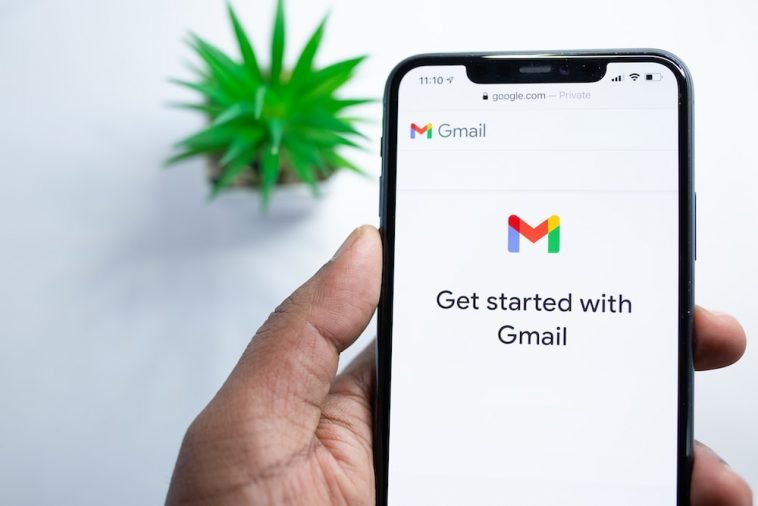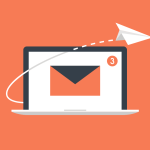Introduction.
Are you a small business owner, freelancer, or budding entrepreneur looking to get started with email marketing but don’t want to pay for fancy software?
Then Gmail might be the tool you didn’t know you needed! While Gmail may not seem like the go-to platform for email marketing, it’s actually a great choice for those just starting out.
Gmail offers powerful, user-friendly features that make it possible to reach your audience, share updates, and promote products or services—all without needing any additional tools.
In this guide, I’ll walk you through how to make the most out of Gmail for email marketing.
From creating engaging emails to keeping your contacts organized and staying within Gmail’s sending limits, I’ll show you step-by-step how to use Gmail effectively, along with the pros and cons of choosing this method.
Plus, I’ll share some frequently asked questions and tips to help you get the best results from your campaigns. So, let’s jump into the world of Gmail-powered email marketing!
Why Use Gmail for Email Marketing?
Gmail’s simplicity and familiar interface make it an ideal choice for businesses just starting out with email marketing.
It’s affordable, easy to set up, and provides the basic tools you need to get your message out there.
While it doesn’t have the advanced features of dedicated email marketing software like Mailchimp or Constant Contact, it’s a solid option if you’re working with a small budget and want to keep things simple.
Using Gmail can be a smart move for email marketing if:
- You’re sending emails to a smaller list (ideally under 500 people)
- You want to keep costs low
- You prefer a straightforward, minimalistic approach
If this sounds like you, then Gmail might just be the perfect fit.
How Do I Use Gmail for Email Marketing?
1. Organize Your Contact List
Start by organizing your contact list into different segments, such as customers, potential clients, partners, etc.
Gmail’s labels and Google Contacts can help with this. By grouping your contacts, you’ll be able to send targeted emails to specific audiences, which generally leads to better results.
2. Create a Professional Email Signature
An email signature with your name, business name, logo, and contact information gives your emails a polished look and reinforces your brand. Go to Gmail’s settings, and you’ll find an option to create a custom signature.
3. Personalize Your Emails
Personalized emails are more likely to get read. You can do this by including the recipient’s name in the subject line or body.
You may need to copy-paste the content individually or use Google Sheets to help automate the process (with Google Apps Script).
4. Use Gmail’s Built-In Formatting Tools
Gmail offers basic formatting tools—bold, italics, bullets, and numbered lists—that allow you to make your email more readable and visually appealing. Keep your emails clean, with short paragraphs and plenty of white space.
5. Stick to Gmail’s Sending Limits
Gmail has strict daily sending limits to prevent spam. With a standard Gmail account, you can send up to 500 emails per day, while G Suite accounts allow up to 2,000. Make sure to stay within these limits to avoid temporary account suspensions.
Pros and Cons of Using Gmail for Email Marketing
Before jumping all-in with Gmail, it’s good to know the strengths and limitations of using this platform for email marketing.
Pros:
- Cost-effective: Gmail is free or low-cost with a G Suite subscription.
- User-friendly: Most people are already familiar with Gmail’s layout.
- Great for small lists: Works well if you’re only reaching out to a few hundred contacts.
- Easy integration with other Google products: Google Drive, Calendar, Contacts, and Sheets can support your campaigns.
Cons:
- Limited features: Gmail doesn’t offer automated campaigns, analytics, or scheduling options that come standard with other platforms.
- Email limits: With a free account, you’re limited to sending 500 emails per day, which isn’t ideal for growing businesses.
- Manual work: There’s no built-in tool for A/B testing, campaign tracking, or audience segmentation.
- Potential for being marked as spam: Gmail lacks advanced deliverability options, which can mean more emails land in the spam folder, especially if sent to many people.
FAQs
Q1: Can I add more customization to emails in Gmail?
Yes, while Gmail’s formatting options are limited, you can add HTML templates with some workarounds. There are extensions and third-party tools that can help, but they might require extra steps or costs.
Q2: Is it possible to track email performance with Gmail?
Gmail alone doesn’t offer analytics, but you can use free tools like Google Analytics and third-party Chrome extensions (like Mailtrack) to get basic data, such as open rates and clicks.
Q3: What happens if I exceed Gmail’s daily limit?
If you go over the limit, Google may temporarily suspend your account from sending emails for 24 hours. To avoid this, spread out your emails over several days or consider upgrading to G Suite if you’re near the 500-email limit.
Q4: How can I avoid my Gmail marketing emails going to spam?
Avoid sending bulk emails too frequently, and steer clear of words that sound spammy like “Free,” “Guaranteed,” or “Limited offer.” Using clear, simple language and personalizing each email will help improve deliverability. Also, encourage your recipients to save your email address to their contacts.
Q5: Should I upgrade to G Suite for email marketing?
If you’re reaching a larger audience and need to send more than 500 emails per day, G Suite (now known as Google Workspace) might be worth it. You get a higher sending limit, custom email domain options, and additional security.
Tips for Making Gmail Marketing Emails Stand Out
To make sure your emails grab attention, keep the following in mind:
- Craft a compelling subject line: Aim for a subject line that’s concise, clear, and invites curiosity.
- Limit images and fancy designs: Emails with too many images are more likely to be flagged as spam. A simple design often works best in Gmail.
- Include a clear call-to-action (CTA): Make it obvious what action you want the reader to take, like visiting a website, signing up for a webinar, or responding to the email.
- Stick to a regular schedule: Consistency is key. Whether it’s weekly or monthly, keep your emails regular without overwhelming your audience.
Final Thoughts.
Using Gmail for email marketing is definitely possible, especially if you’re just getting started, have a small list, and want a low-cost solution.
But keep in mind that as your business grows, you may find yourself in need of more advanced tools to handle higher volumes and gain insight into email performance.
So, is Gmail enough for your email marketing needs, or is it time to think bigger?





GIPHY App Key not set. Please check settings